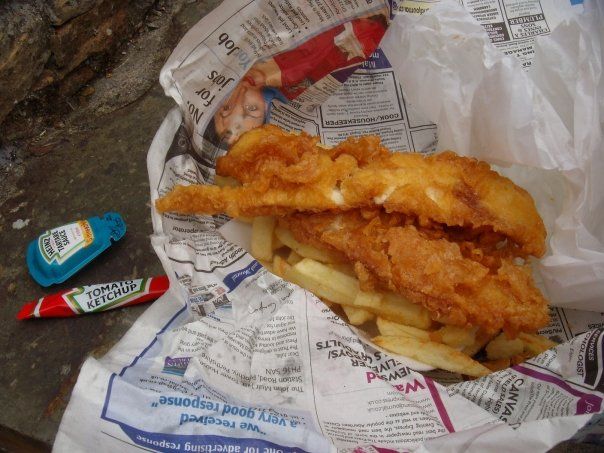The major Danish newspapers are bleeding, reports Journalisten. Both the circulation and readership numbers of the hard-copy versions of the country’s national daily newspapers are in freefall.
Lisbeth Knudsen, the former chief editor of Berlingske, predicts that at least one major Danish newspaper will shut done its paper version within the next two decades.
“There will always be a market for paper newspapers,” Knudsen told Journalisten.
“But I do not think we will see all three major national [broadsheet] newspapers – Berlingske, Jyllands-Posten and Politiken – publish paper versions in 20 years.”
Knudsen believes they will all survive in some form, but only if they can find a way to turn a profit in the digital age.
“It will be difficult,” said Knudsen. “It is a huge challenge.”
Only a decade left
Media guru Lasse Jensen believes that a major Danish daily will stop publishing its paper version within a decade.
“One of the major newspapers will drop its paper in about ten years,” said Jensen.
Since the start of the millennium, most major Danish newspapers have lost more than half of their print customers – a decline that has particularly speeded up in the last seven years.
During that time, Jyllands-Posten has lost 44 percent of its daily circulation, Berlingske 36 percent and leading tabloid Ekstra Bladet 57 percent. The numbers for the Sunday editions are even worse.
Better in the niches
Niche newspapers like Børsen and Information have also suffered losses, although not as extreme as the dailies.
Only Kristeligt Dagblad can claim a small increase over the past ten years, rising from a circulation of 25,000 to 26,000 print customers.
Newspapers have had great success getting people to read the paper on the net. If fact, when online readers are factored in, more people are reading newspapers than ever before.
The problem is getting them to pay for digital content, so the paper editions still remain the backbone of a newspaper’s economy
“Newspapers still earn much more money on paper than on the net,” said Jensen. “The key for newspapers is finding the right business model on the web, but there is nothing to suggest they are close to finding one.”
Print will survive
Stig Ørskov, the 45-year-old head of JP/Politiken Hus – which publishes Jyllands-Posten, Politiken, Ekstra Bladet and in the future Børsen – thinks that reports of the demise of the daily paper newspaper are greatly exaggerated.
“We believe that paper newspapers have a long shelf life,” said Ørskov. “Many have been too quick to write off print media.”
READ MORE: Børsen business newspaper bought by publisher of Politiken and Jyllands-Posten
Ørskov believes that print media will outlive him.
“We are here to dispense information and a public service to the Danish population,” said Ørskov.
“Whether it is published in a print or digital form doesn’t concern us, but I am sure that many people still want our content in print.”














